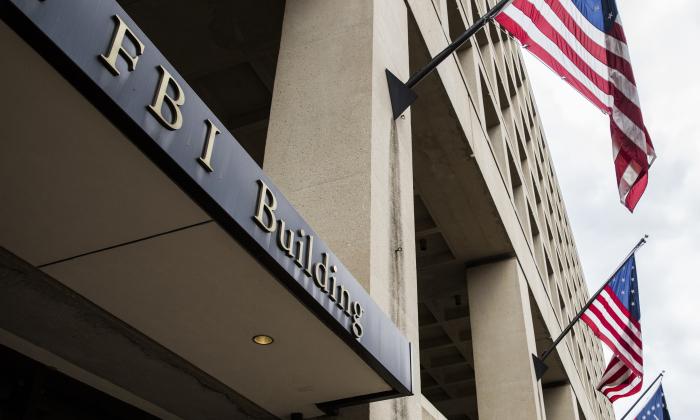A bystander captured the rare moment an earthquake shook a Filipino rooftop pool so hard its water began pouring down the side of the high-rise building on April 22.
Michael Rivo videoed what could have been mistaken for a brief waterfall pouring 600 feet down the Anchor Skysuites tower to the streets of downtown Manila.
The spectacle was arguably the least harmful impact of the deadly quake that killed at least 16 people and left more than 24 people missing across the northern Philippines.
Several buildings were damaged and in need of repairs, including a Chuzon Supermarket in Luzon, the largest island in the archipelago.
Rescuers worked overnight to recover five bodies from rubble that suddenly came crashing down. Red Cross volunteers, army troops, police, and villagers could be seen using four cranes, crow bars, and sniffer dogs to locate those who were still screaming for help.
Authorities inserted a large orange tube into the rubble to blow in oxygen, hoping survivors would still be able to breathe. On April 23, rescuers celebrated after pulling out a man who was still alive.
Clark International Airport, 62 miles northwest of Manila, was closed after check-in counters, ceilings, and parts of the departure area were damaged. Seven people suffered minor injures and more than 100 flights were canceled.
The quake damaged a college building so badly it appeared to tilt sideways toward an adjacent building, resulting in the busy street being partially closed, according to officials.
Many schools, government offices, and courts in the downtown Manila metropolis were closed to allow buildings to be inspected.
When the earthquake struck thousands of workers could be seen running out of office buildings, some wearing hard hats. Residents ran out of their homes as the ground shook, with many saying the ground moved just like waves in the ocean.
National Disaster Risk Reduction and Management Council Executive Director Ricardo Jalad confirmed with AP a further seven other villagers died when their house walls collapsed in hard-hit Porac, Pampanga province, 69 miles north of Manila.
A second tremor measuring between 6.4 and 6.5 hit the Philippines on April 23, near San Julian in the Eastern Samar province, 558 miles southeast of Manila. There have been no new reports of casualties or significant damage caused by the new quake.
However, schools and workplaces have been suspended throughout San Julian where cracks have appeared on roads, small buildings, and a church. Power has been cut as a precaution according to officials.
Philippine seismologists claim the two biggest quakes from the past two days are unrelated and caused by different local faults.
The U.S. Geological Survey estimates more than 49 million people experienced some kind of shaking from the earthquake, with more than 14 million people who probably felt moderate shaking or worse. More than 400 aftershocks have been recorded.
The Philippines is sometimes described to be one of the world’s most disaster-prone countries. This is due to its frequent earthquakes and volcanic eruptions caused by the Pacific “Ring of Fire,” a seismically active arc of volcanoes and fault lines in the Pacific Basin.





Friends Read Free